According provided by lens FUJINON 1:1.4/50 FUJI PHOTO FILM CO. LENS-JAPAN many thanks Sergei Galusha.
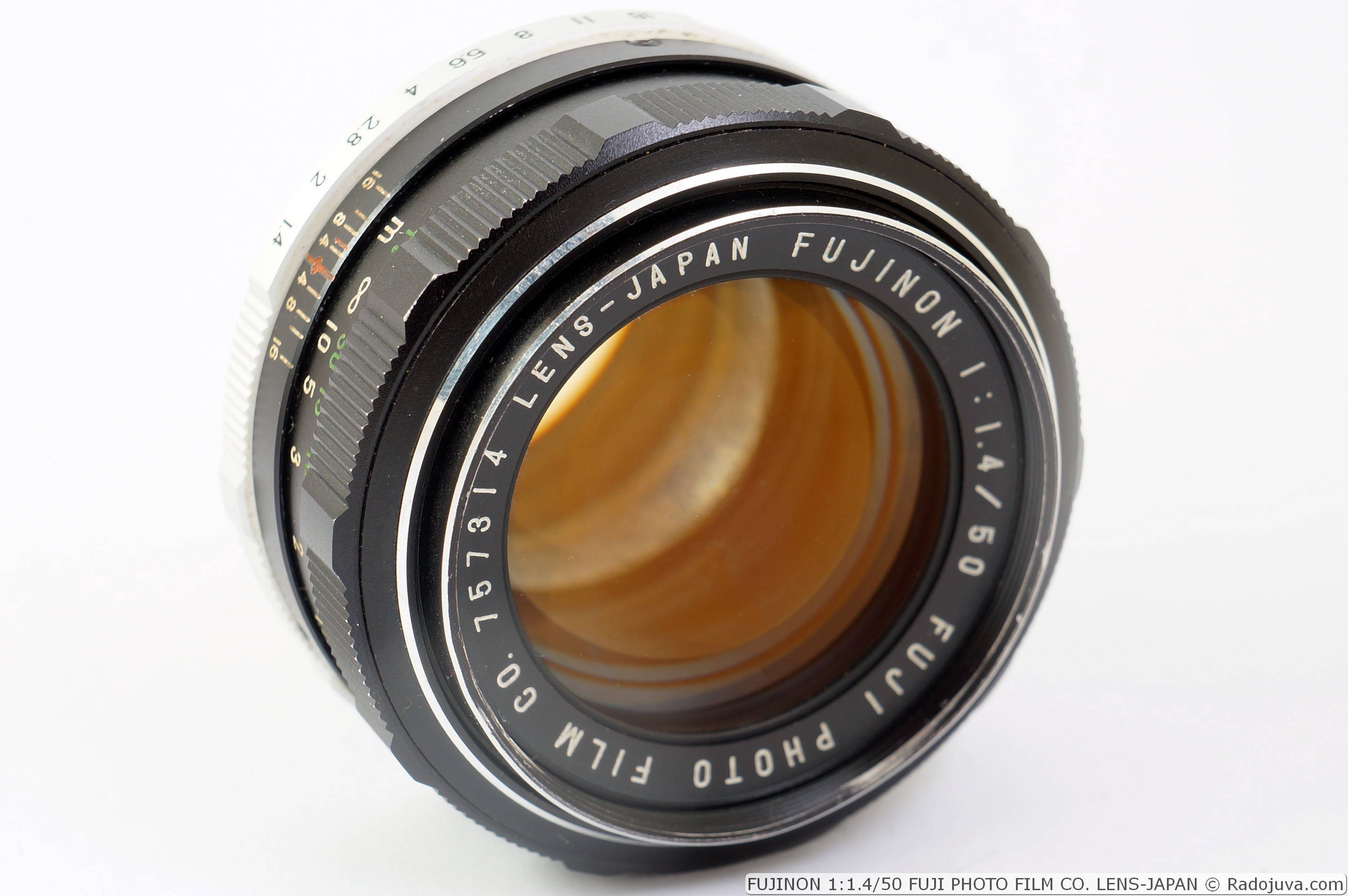
FUJINON 1:1.4/50 FUJI PHOTO FILM CO. LENS-JAPAN. increase.
In short
FUJINON 1:1.4/50 FUJI PHOTO FILM CO. LENS-JAPAN is a classic fast lens of the film era. A beautiful “drawing” is spoiled, deteriorated from time, enlightenment.
There are several main versions of FUJINON 1:1.4/50 for SLR cameras:
- FUJINON 1:1.4/50 FUJI PHOTO FILM CO. LENS-JAPAN (from this review)
- FUJINON 1:1.4 f = 50mm FUJI PHOTO FILM CO. LENS-JAPAN
- EBC FUJINON 1:1.4/50 FUJI PHOTO FILM CO. LENS-JAPAN
- EBC FUJINON 1:1.4 f = 50mm FUJI PHOTO FILM CO. Lens Japan
Caution: Some of these lenses create excess radioactivity (video).
Main technical characteristics of FUJINON 1:1.4/50 FUJI PHOTO FILM CO. LENS-JAPAN:
| Name of instances from review | FUJINON 1:1.4/50 FUJI PHOTO FILM CO. 757314 LENS-JAPAN |
| Basic properties |
|
| Front Filter Diameter | mm, metal thread for filters |
| Body materials | All parts of the lens housing are made of metal |
| Focal length | 50 mm |
| Diagonal viewing angles | 47° for full frame cameras |
| Zoom ratio | 1 x |
| Designed by | for FUJICA film cameras |
| Number of aperture blades | 6 straight (not rounded) petals |
| Tags |
|
| Diaphragm | from F/1.4 to F/16. The lens has an aperture control ring. The aperture blades form notches at values from F/2 to F/2.8 (not including F/2 and F/2.8) (view) |
| MDF (minimum focusing distance) | 0.45 meters |
| The weight | 243 grams (measured, only the lens itself) |
| Optical design | 7 elements in 6 groups (?). The lens does not use special optical elements. |
| Lens hood | Must screw into the front filter thread |
| Period | Produced since 1970 |
| Manufacturer country | LENS-JAPAN (Lens made in Japan) |
| Price | New do not sell. In a variant B. at. 50-350 cu |
Lenses like these are very common and loved by many photographers.
How to use with modern cameras?
Lenses with mounting thread M42 (M42 X 1 / 45.5), such as the lens from this review, are very easy to use on almost any modern digital camera (both SLR and mirrorless), for this it is enough to choose the right adapter (adapter). You do not need to carry out any additional steps to modify the lens.
The cheapest adapters can be found at Aliexpress.com... There are adapters (adapters) with a chip that provide more convenience during shooting, usually chips are used to confirm focus and / or metering exposure, and form the correct EXIF. The chip does not affect the image quality in any way.
For some SLR cameras (for example, with the Nikon F-mount), you need to use adapters with a corrective lens, which allows you to focus correctly at all focusing distances. For any mirrorless cameras, such a lens is not needed, and the adapter is a simple decorated hollow metal tube with an appropriate mount.
For SLR cameras
- Canon: For cameras Canon EOS with bayonet mount EF / EF-S need an M42-Canon EOS adapter, such an adapter with a chip can be found herewithout chip here.
- NIKON: For cameras Nikon DX / FXas well as for cameras Fujifilm и Kodak with a Nikon F mount, you need an M42-Nikon F adapter, you can buy such an adapter without a lens and a chip here, with a lens without a chip herewith chip without lens here, with lens and chip here. Why a lens? Why chip?
- PENTAX: For Pentax cameras with K mount, you need an M42-Pentax K adapter, you can buy such an adapter here.
- SONY/MINOLTA: For cameras with a Sony / Minolta A mount, you need the M42-Sony A adapter, you can find such an adapter without a chip at this linkwith a chip at this link.
- OLYMPUS/PANASONIC/LEICA: For cameras with a 4/3 bayonet mount (not to be confused with Micro 4/3!) You need an M42-4 / 3 adapter, you can buy such an adapter here.
For mirrorless cameras
- SONY: For cameras with 'E'/'FE' mount series SonyNEX и Sony Alpha you need an adapter M42-Sony E (aka M42-Sony Nex), you can find it at this link. An autofocus adapter is also available for these cameras. Techart PRO Leica M - Sony E Autofocus Adapterwhich can be found at this link.
- OLYMPUS / PANASONIC / KODAK / XIAOMI: For cameras with a bayonet mount Micro 4/3 (Micro 4:3) you need an adapter M42-Micro 4/3, you can find it at this link.
- CANON M: For cameras with Canon EF-M mount need adapter M42-Canon M, it can be found at this link.
- CANON R and RF-S: For cameras with Canon RF mount need adapter M42-Canon R, it can be found at this link.
- Nikon 1: For cameras Nikon 1 Series need adapter M42-Nikon 1, you can find it at this link.
- Nikon Z: For cameras Nikon Z series (FX/DX) need an adapter M42-Nikon Z, it can be found at this link.
- FUJIFILM X: For cameras with mount X need an M42-Fuji X adapter, you can find it at this link.
- FUJIFILM GFX: For medium format cameras G-mount need M42-Fuji GFX adapter, you can find it at this link.
- SAMSUNG: For cameras with NX mount, you need an M42-Samsung NX adapter, you can find it at this link. There are no adapters for the NX mini camera yet.
- PENTAX: For Q-mount cameras, you need an M42-Pentax Q adapter, you can find it at this link.
- SIGMA / PANASONIC / LEICA: For cameras with L mount you need an M42-Leica L adapter, you can find it at this link.
- LEICA: For cameras with a bayonet mount Leica M need adapter M42-L / M, you can find it at this link.
If you have any questions on compatibility and adapters - ask in the comments (comments do not require any registration at all).
Assembly, control, focus
FUJINON 1:1.4/50 FUJI PHOTO FILM CO. LENS-JAPAN made very high quality.
The focus and aperture rings are not rubberized.
The focus ring rotates approximately 270 degrees (5/8 of a full turn). During focusing, the front lens (along with the filter threads) moves forward, but does not rotate. Focusing is smooth, but a little tight around infinity.
On the body there is a scale for focusing distance in meters and feet and a DOF scale.
Focus Shift (shift focus, changing the focus distance due to iris) is missing.
FUJINON 1:1.4/50 FUJI PHOTO FILM CO. LENS-JAPAN has a slight 'Focus Breathing' effect (changing the viewing angle while focusing). When focusing towards the MDF, the viewing angle decreases.
Hard stop (hard infinity mechanical stop) for fast and accurate focusing under any temperature operating conditions.
Sample photos (Full Frame)
The pictures in the gallery were taken with a camera Canon EOS 5D (Full Frame, 13 MP), which has already become a “digital classic,” and a regular adapter (without a chip) M42 -> Canon EF.
Original photos in RAW/JPEG format can be download / watch this link (30+ photos, Google Drive gallery). A few more photos of the legendary Nikon D40, as well as examples of photographs with slight processing can be see here.
Results
FUJINON 1:1.4/50 FUJI PHOTO FILM CO. LENS-JAPAN – pleasant, classic, has some problematic features.
10 main advantages
- quality assembly
- stylish design (chrome-plated aperture control ring, chrome-plated edging on the front of the lens)
- compact dimensions (compare, for example, with modern LEICA SUMMILUX-SL 1:1.4/50 ASPH.)
- convenient focusing ring in 270 degree increments
- light weight (compare, for example, with modern manual ZEISS Apo Distagon 1.4/55 T*)
- small MDF (compare, for example, with modern LEICA SUMMILUX-SL 1:1.4/50 ASPH.)
- there is a scale of depth of field and focusing distance, a mark for working in the infrared spectrum
- the lens is highly valued by the photography community
- quite rare
- pleasant bokeh (without onion-like concentric circles, without bright edgings of blur disks, and without the ‘fish scale’ effect). At F/1.4, at the edges and corners of the image, the discs of blur turn into lemons, as well as truncated lemons
10 main disadvantages
- only 6 aperture blades
- aperture blades form notches at an intermediate value between F/1.4F/2, at F/2 and at an intermediate value between F/2F/2.8 (see)
- minor problems when working in backlight and side light (example)
- yellowish tint when exposed to light (see)
- The focus ring in the infinity area bites a little (perhaps the problem only affects the lens in the review)
- excess radioactivity of some specimens
- strong spherochromatism
- a threaded (non-bayonet) hood should be used
- the lens creates a “blue spot” at F/16 in the central part of the frame (most likely due to the coating, which gives yellow, purple and blue tints)
- other minor optical defects characteristic of old high-aperture 'fifty-kopeck lenses'
Comments on this post do not require registration. Anyone can leave a comment. Many different photographic equipment can be found on AliExpress.
Material prepared Arkady Shapoval. Training/Consultations | Youtube | Facebook | Instagram | Twitter | Telegram

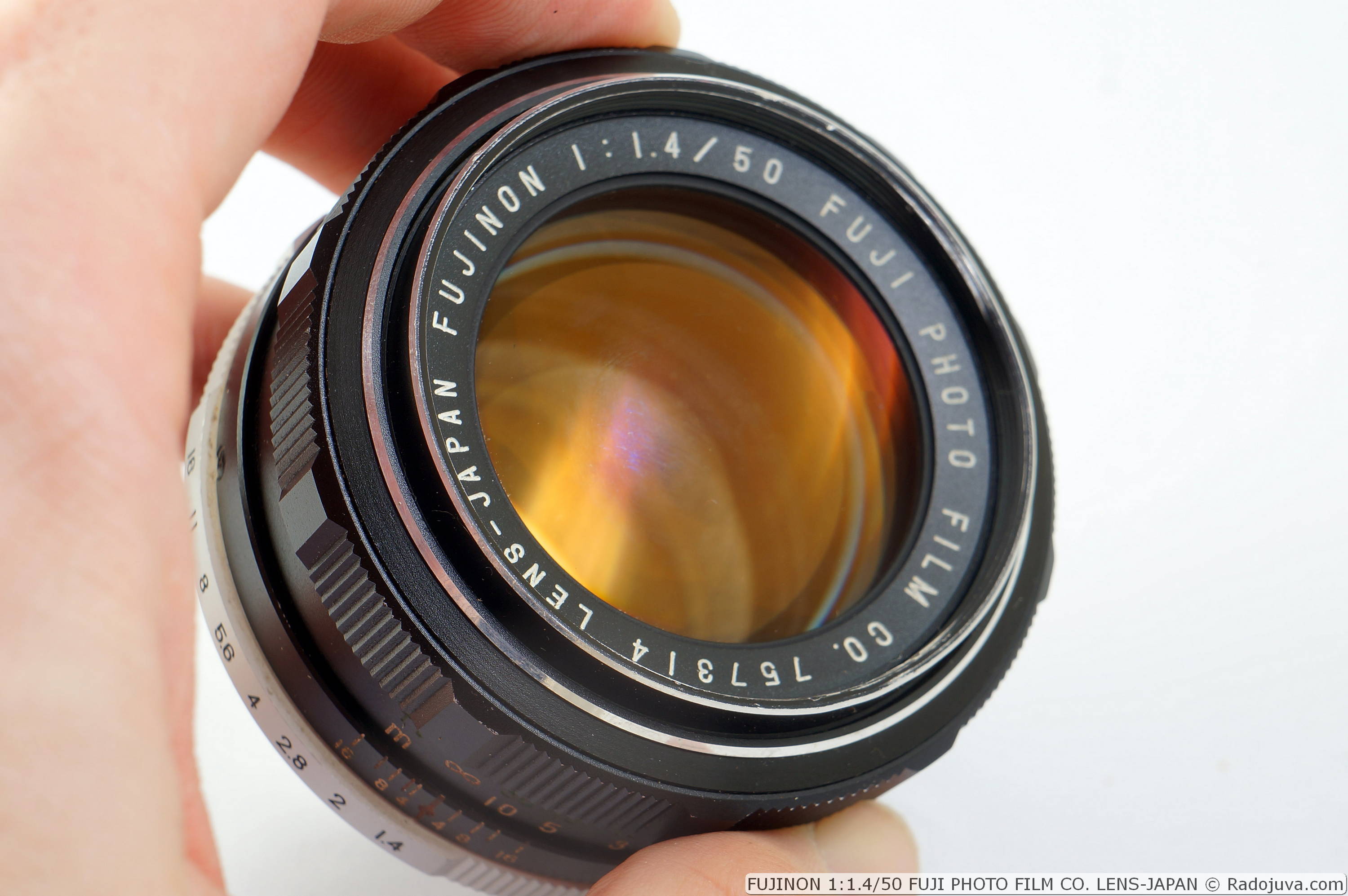
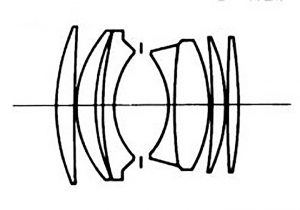
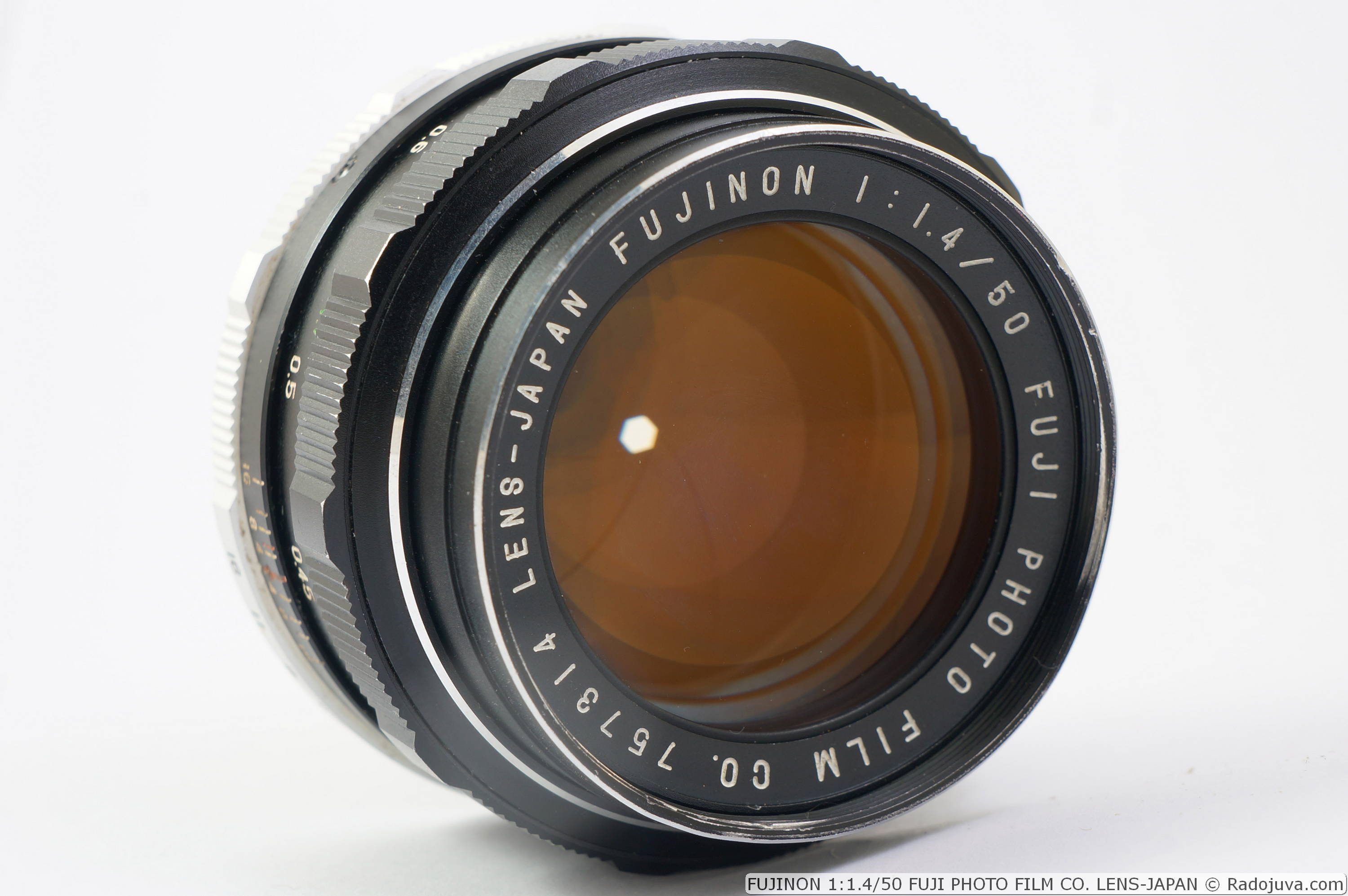
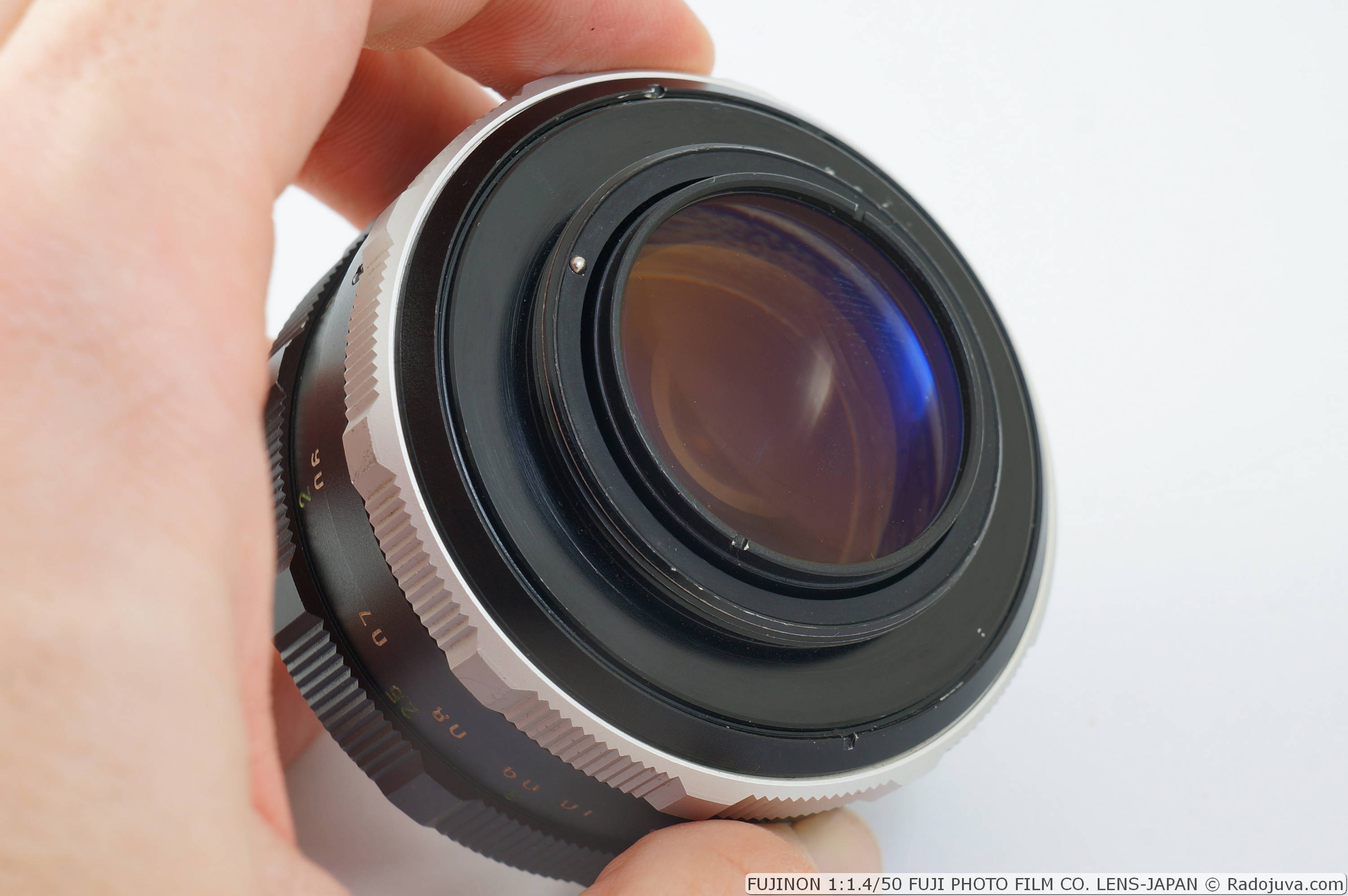
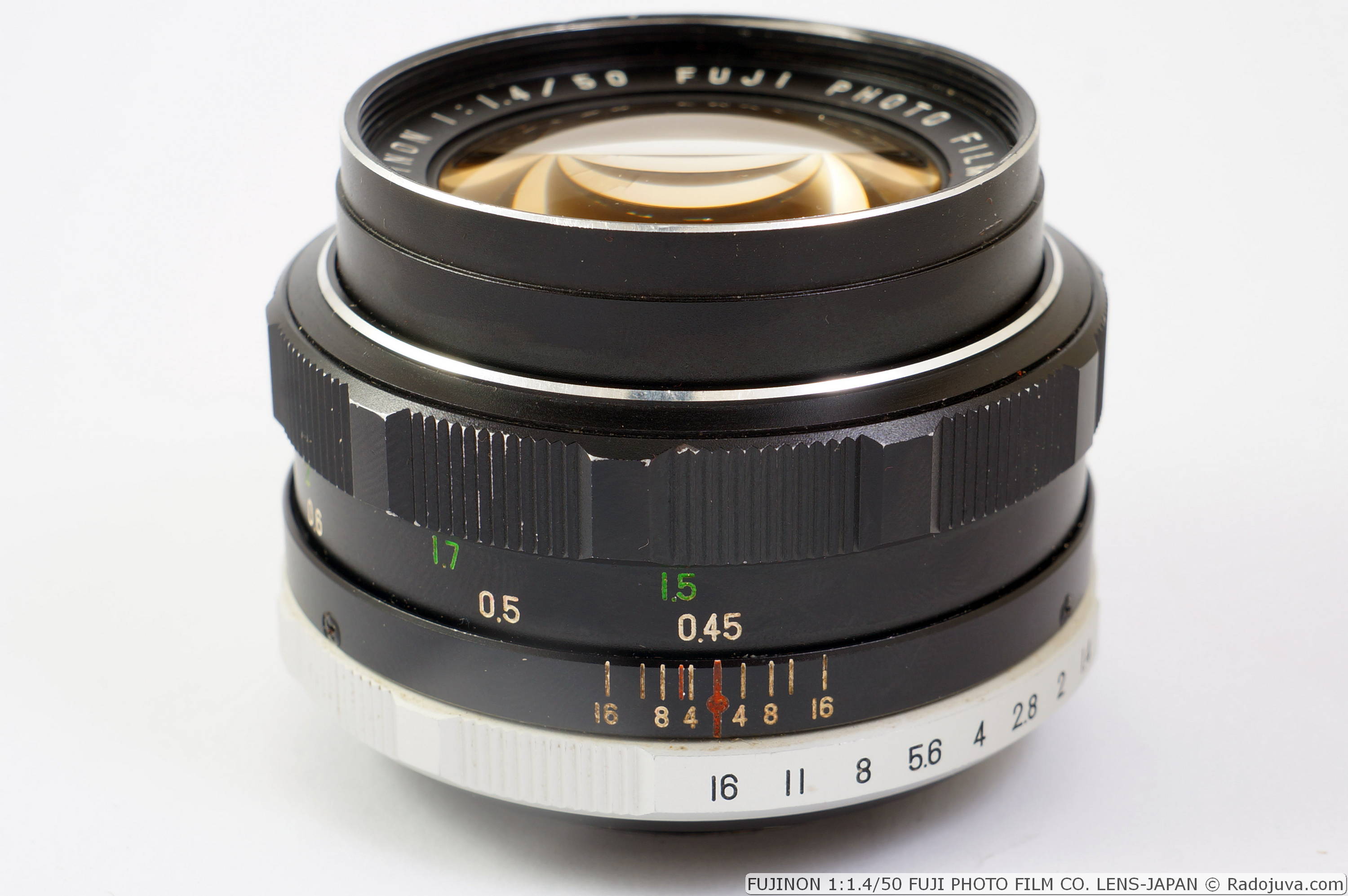
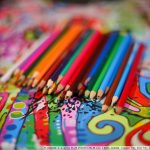
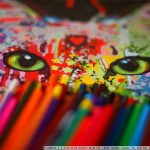
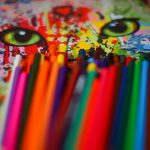
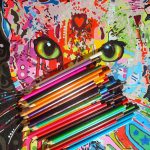
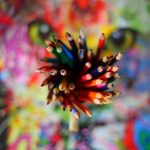


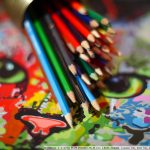


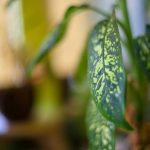
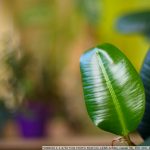
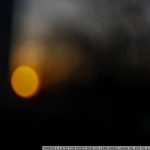
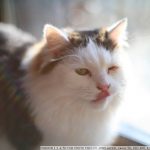
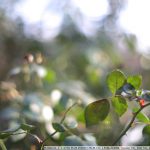
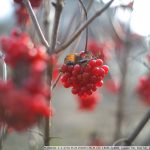
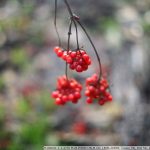
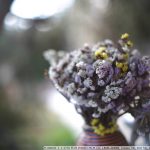
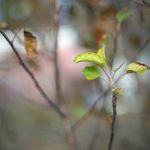
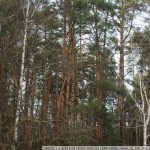
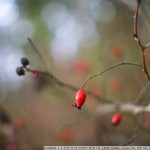
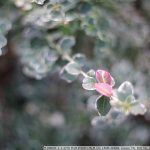
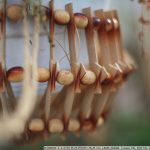
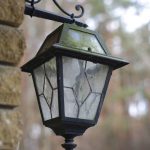
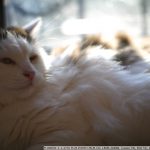
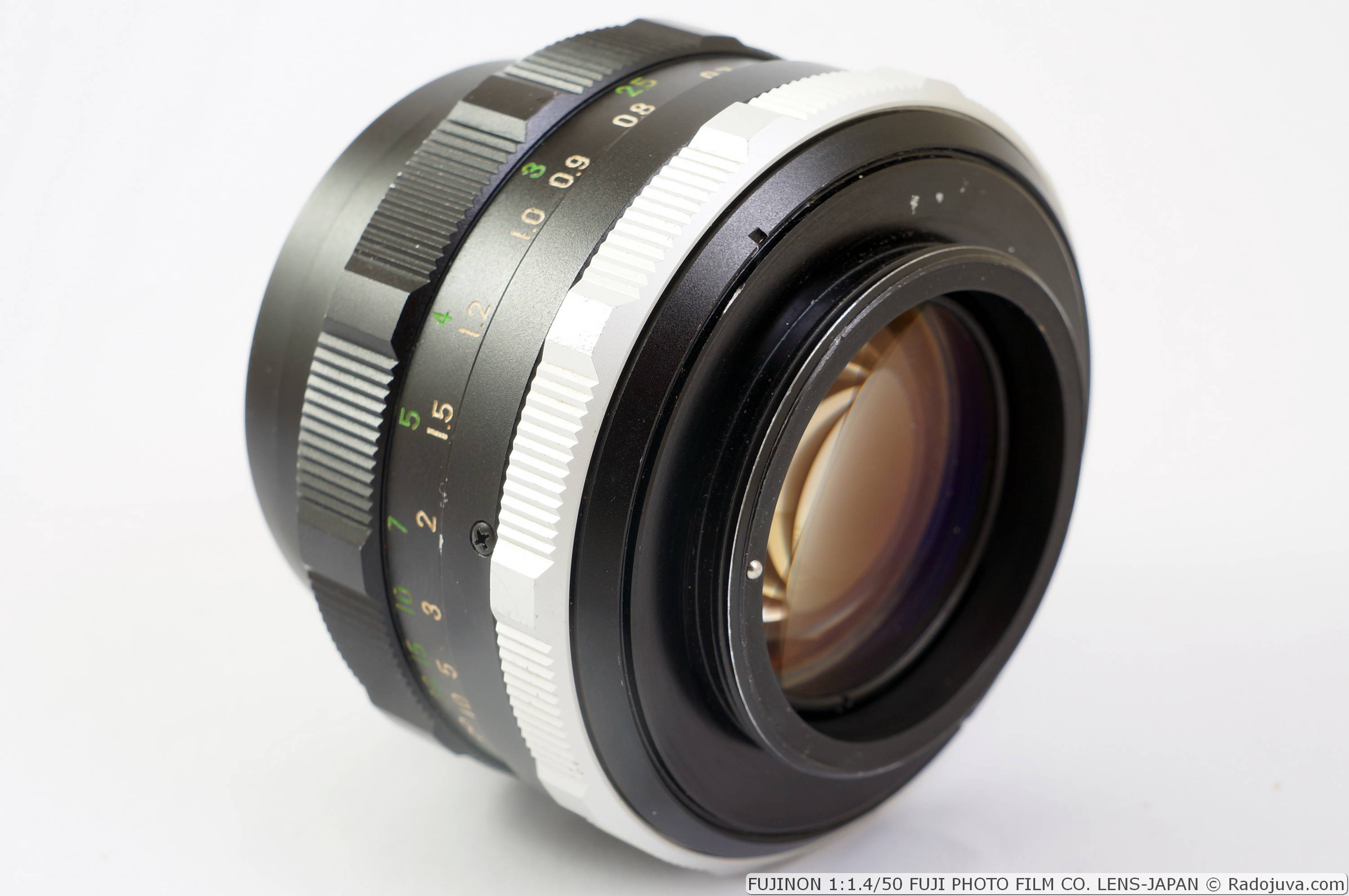

The drawing is really interesting.
Radioactivity scares me.
The price for secondary is not inspiring. Zeiss would be better then.
I have a Fujinon 55mm. 1.8. Good lens. You can always shoot with an open disk. For social networks, no more is needed. It’s immediately obvious that it wasn’t shot on a phone.
Radioactivity is a relative concept these days. I had a car with Kyiv license plates, I came to the Chernobyl region and decided to measure the radioactivity. In the car it’s 15 microns, I’m lying on the ground near the car - 30 microns, I checked it several times, everything is correct. Although the maximum norm is 20 microdistrict. Many people live there without knowing how long the background is, the pain is the same whether there or in Kyiv. Official background - like in Kyiv, I checked the readings of my dosimeter many times - everything is correct. This is a long topic...
The main thing is that the lens is good.